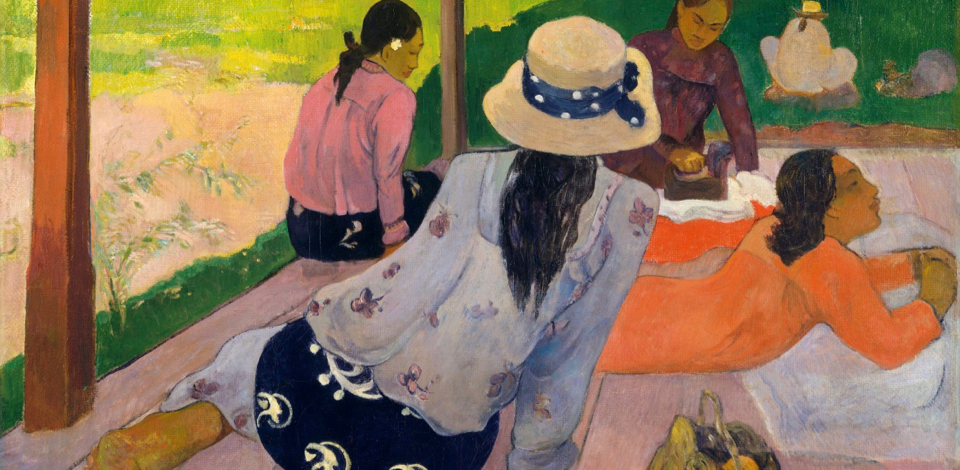9. Paul Cezanne
First things first. Without Cezanne, just like without Matisse, there would be no Modern art. The artist, (born 1839, Aix-en-Provence, France – died 1906, Aix-en-Provence) invented an absolutely unique visual language that made it possible to see a familiar household object, like a pitcher, a bottle or a jar, through a fundamentally new perspective. It was also Cezanne who made us change the way we perceive an apple or a peach.
“A testimony by an acquaintance describes his method of preparing a still life: “… Cézanne set out the peaches in such a way as to make the complementary colors vibrate, grays next to reds, yellows to blues, leaning, tilting, balancing the fruit at the angles he wanted, sometimes pushing a one-sous or two-sous piece [French coins] under them.” But when he began to paint, the picture might change in unusual ways. Cézanne seems to be painting from several different positions at once. He believed that the beauty of the whole painting was more important than anything else—even more important than the correctness of the rendering.”*

Paul Cezanne, ‘Still Life With Apples’, 1894. Oil on canvas. In the collection of the J. Paul Getty Museum, Los Angeles
In many of his still lives Cezanne would shift and collapse spacial perspectives to achieve the perfect composition. This new approach to perspective would prompt Gleizes, Gris, Braque, and Picasso to further the idea of showing an object from many sides at once and give birth to Cubism. Picasso famously said this of Cezanne: “My one and only master . . . Cézanne was like the father of us all.”





















